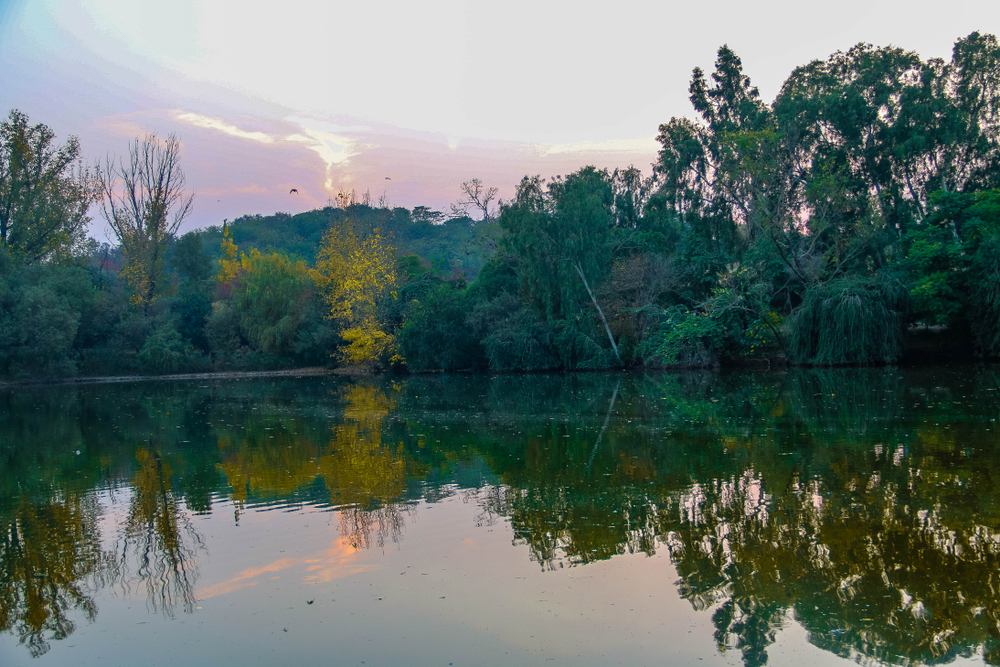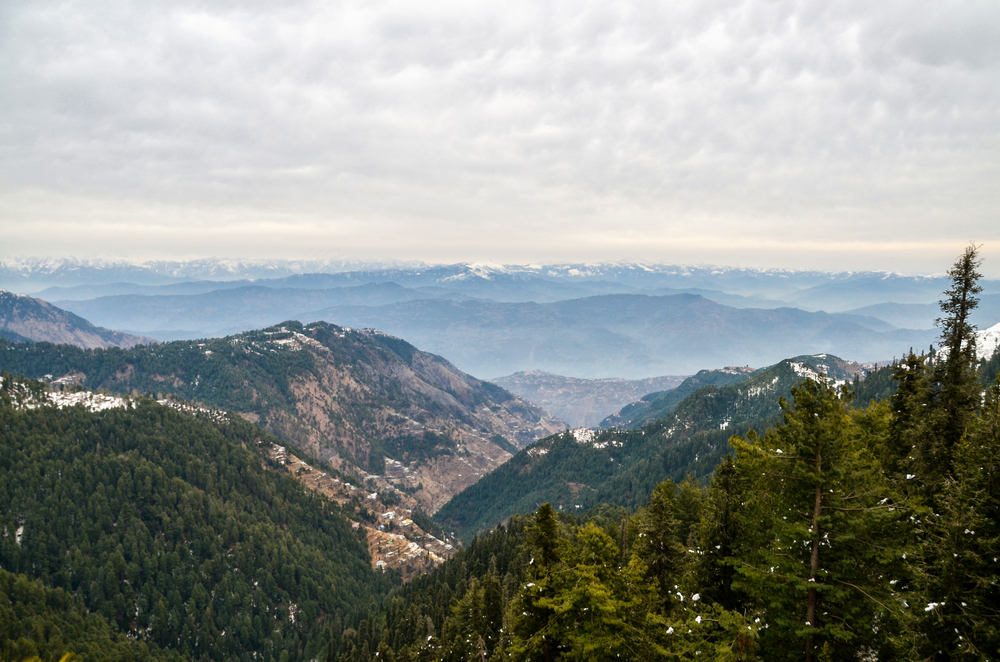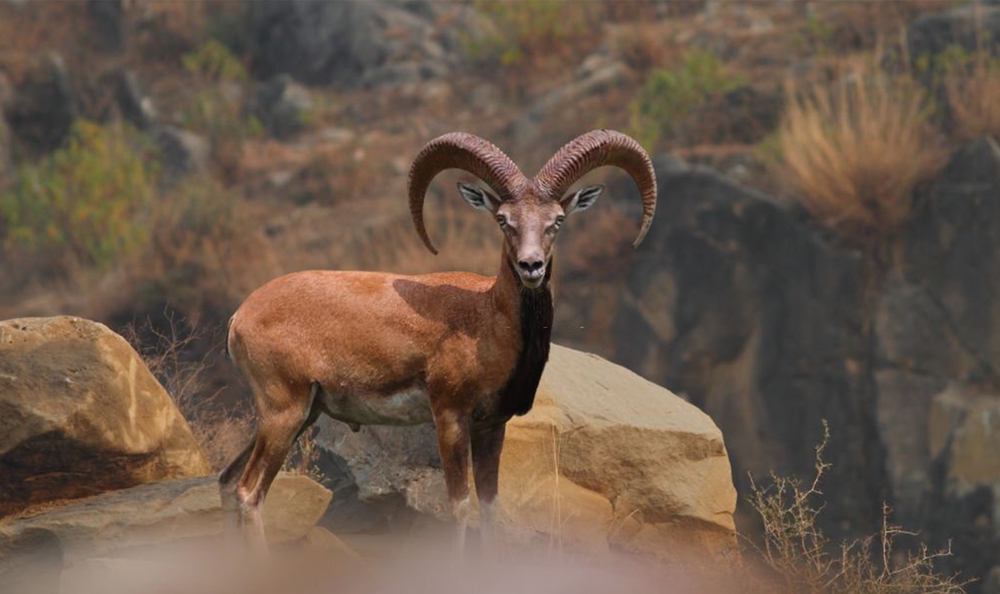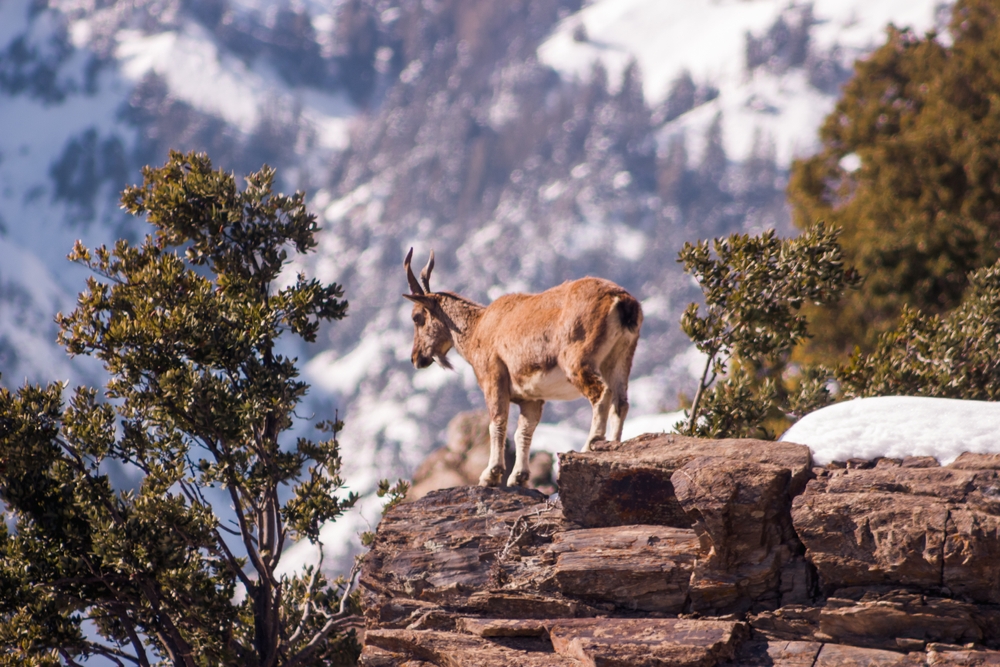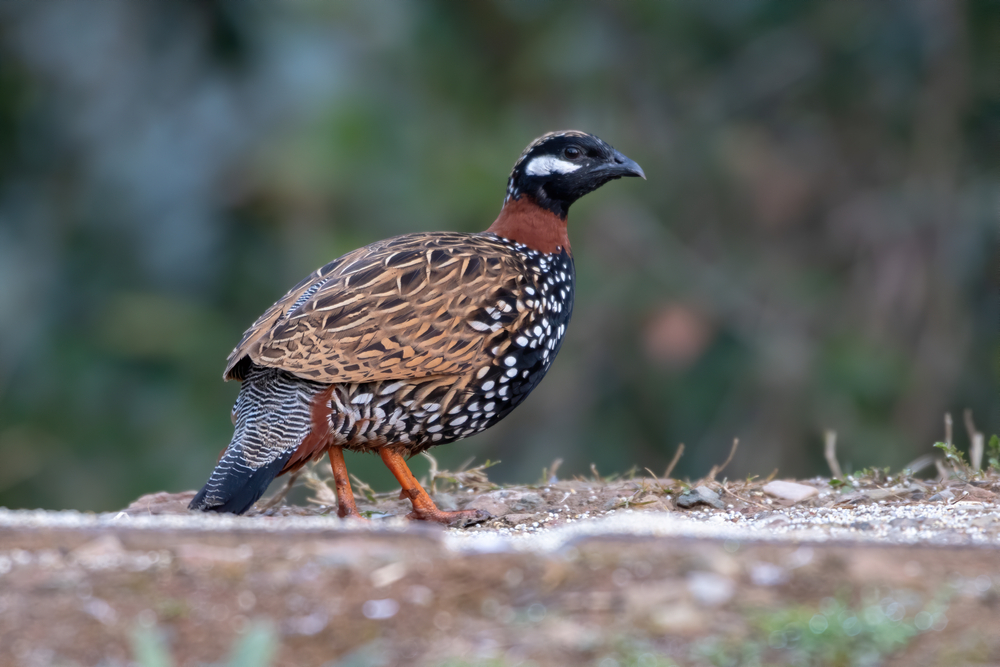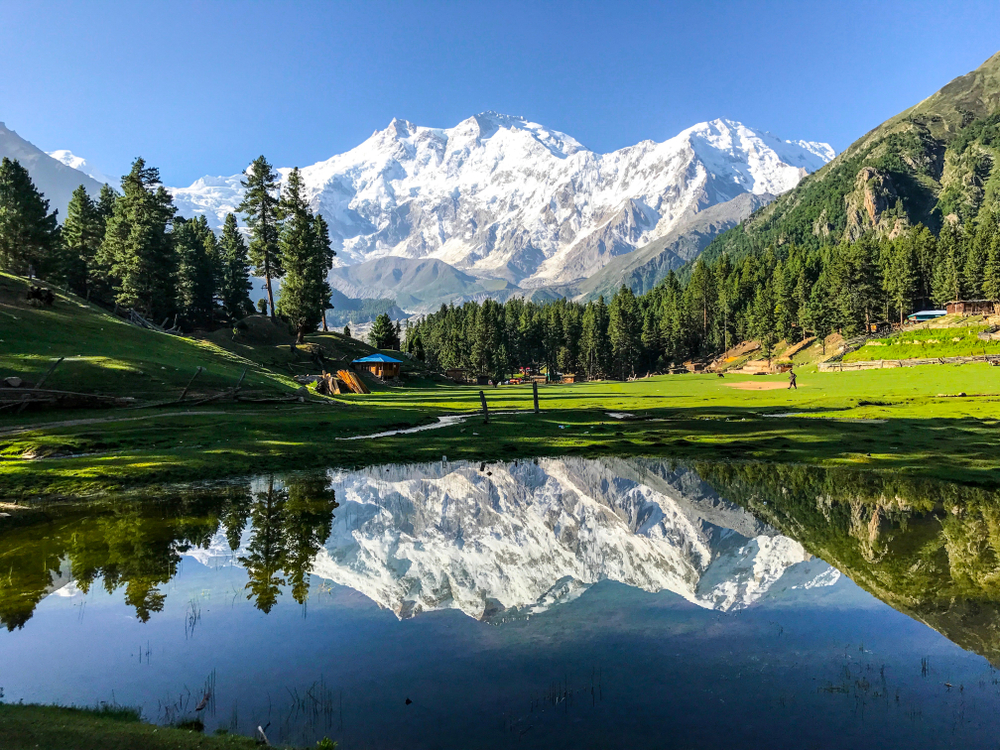Gumot Overview
Ghamot National Park, also known as Gumot National Park, is located in the Neelum District of Azad Jammu and Kashmir, Pakistan. Covering an area of approximately 105 square miles (272 square kilometers), the park is part of the western Himalayan ecosystem, known for its breathtaking landscapes and diverse wildlife.
The terrain is rugged and mountainous, featuring deep valleys, alpine meadows, and dense forests of coniferous and broadleaf trees. Among the prominent plant species are West Himalayan spruce, Himalayan white pine, and Pashtun juniper, which contribute to the park’s lush, green scenery. The park’s varying elevations provide an incredible mix of habitats, from lower-elevation forests to high-altitude meadows that bloom with colorful wildflowers during the warmer months.
The park is home to a variety of wildlife, including several threatened and rare species. Among the most notable mammals found in Ghamot National Park are the Himalayan brown bear and the elusive musk deer, both of which are under conservation concern due to habitat loss and poaching. Other large mammals include the common leopard, Himalayan ibex, and Kashmir gray langur, while smaller species such as the red fox and yellow-throated marten also inhabit the region.
Birdwatchers can expect to see an array of fascinating avian species, including the golden eagle, Himalayan vulture, bearded vulture, and the pallid harrier. The park’s high-altitude environment makes it an important sanctuary for birds of prey and migratory species that rely on its undisturbed wilderness.
Visitors to Ghamot National Park can experience its natural beauty through several activities that highlight its diverse ecosystems. Trekking is one of the most popular ways to explore the park, as trails wind through thick forests, open meadows, and scenic ridges that provide stunning views of the surrounding mountains.
Birdwatching enthusiasts can take advantage of the park’s rich avifauna, while nature photography offers endless opportunities to capture the striking landscapes and wildlife in their natural habitats. For those seeking tranquility, the park’s remote setting provides an escape from urban life, with pristine air and peaceful surroundings.
Like many protected areas in the Himalayas, Ghamot National Park faces conservation challenges, particularly related to habitat degradation and illegal hunting. However, efforts have been made to strengthen conservation initiatives, including community engagement programs and habitat restoration projects.
The park is part of broader conservation efforts that aim to protect the fragile Himalayan ecosystem and its biodiversity. Organizations working in the region have focused on promoting sustainable tourism and responsible wildlife management to ensure the park remains a thriving habitat for its native species.











































































